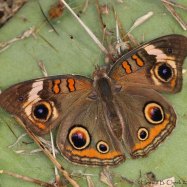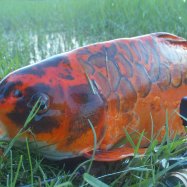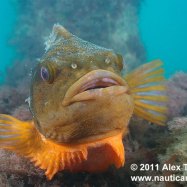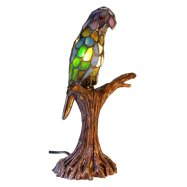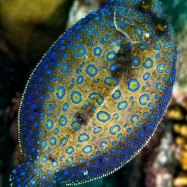
Discus
Up to 8-10 inches (20-25 cm)
The Discus, also known as the King of the Aquarium, is a popular freshwater fish found in the tropical rainforests of South America. With a flattened and disc-shaped body, they can grow up to 8-10 inches in length. Their vibrant colors and peaceful nature make them a favorite among aquarium enthusiasts. Belonging to the Cichlidae family, these beautiful fish are a great addition to any tropical aquarium. #discusfish #tropicalfish #freshwateraquarium
Animal Details Summary:
Common Name: Discus
Kingdom: Animalia
Habitat: Freshwater rivers and lakes
The Beautiful World of Discus Fish: A Guide to One of the Most Popular Freshwater Fish
If you are a fan of freshwater fish, then you must have heard about the Discus fish. These eye-catching creatures are loved by many for their vibrant colors, interesting behavior, and unique appearance. In this article, we will dive into the world of Discus fish, also known as Symphysodon, and explore their fascinating features, habitat, and behavior.The Basics: What Is a Discus Fish?
Discus fish, also known as discus cichlids, are a species of freshwater fish that belong to the family Cichlidae Discus. They are native to the Amazon River basin in South America, particularly in the tropical rainforests of Brazil. These fish are highly sought after by aquarium enthusiasts for their unique appearance and interesting behavior.Their Physical Characteristics
Discus fish have a distinct flat and disc-shaped body, which gives them their name. They can grow up to 8-10 inches (20-25 cm) in length and weigh around 1.8 pounds (0.8 kg). Their body shape allows them to glide smoothly through the water, making them both elegant and efficient swimmers.These fish have an array of vibrant colors, including shades of red, blue, green, and orange. Their coloration is one of the main reasons why they are so popular among fish keepers Daeodon. They have a unique pattern of scales, with some even having a metallic shine, making them a true work of art.
Their Natural Habitat and Feeding Habits
Discus fish are found in the freshwater rivers and lakes of the Amazon River basin. They prefer slow-moving waters with lots of vegetation and hiding spots. In their natural habitat, they feed on a variety of food, making them omnivorous. They primarily feed on small crustaceans, insects, and other small fish. In captivity, they can be fed a diet of pellets, flakes, worms, and other live or frozen foods.Introducing Discus Fish to Your Aquarium
Discus fish are known to be peaceful and social creatures, making them a great addition to community aquariums. They are best kept in groups of five or more to mimic their natural schooling behavior. These fish are intelligent and can recognize their owners, making them a great companion for aquarium enthusiasts.To create a suitable habitat for Discus fish, the aquarium should be spacious and heavily planted with live vegetation. The water temperature should be between 82-86°F (28-30°C), and the pH level should be around 6.0-7.5. It is also important to have good filtration and regular water changes to maintain the water quality for these sensitive fish.
Behavior and Characteristics
One of the most fascinating things about Discus fish is their behavior. They are known to be calm and peaceful, making them great tank mates for other fish. They are also quite intelligent, and with proper training, they can learn to do tricks and even recognize their owners.However, Discus fish can be territorial towards their own species, especially during breeding. It is important to provide plenty of hiding spots and space for each fish to minimize aggression.
Breeding
Breeding Discus fish can be quite challenging and requires a lot of preparation. These fish have a unique breeding behavior where the male and female both guard and raise the fry.To trigger breeding, the water temperature should be raised to 86-88°F (30-31°C), and the pH should be slightly lowered. The pair will then go through a courtship ritual, and the female will lay eggs on a flat surface, where the male will fertilize them. The eggs will hatch in about 2-3 days, and the parents will continue to guard and care for the fry until they are able to swim on their own.
Conservation Status
Discus fish are not considered an endangered species. However, their natural habitats are threatened by deforestation, pollution, and overfishing. In recent years, there has been a decline in their population due to these threats, and conservation efforts are being made to protect their habitats.In Conclusion
In conclusion, Discus fish are truly fascinating creatures that bring life and color to any aquarium. Their unique appearance, interesting behavior, and intelligence make them a highly sought after freshwater fish. As with any pet, it is important to provide them with proper care and a suitable habitat to thrive.If you are considering adding Discus fish to your aquarium, make sure to do your research and be well-prepared to meet their needs. With the right care and attention, these beautiful fish will surely bring joy and wonder to your aquarium for years to come.
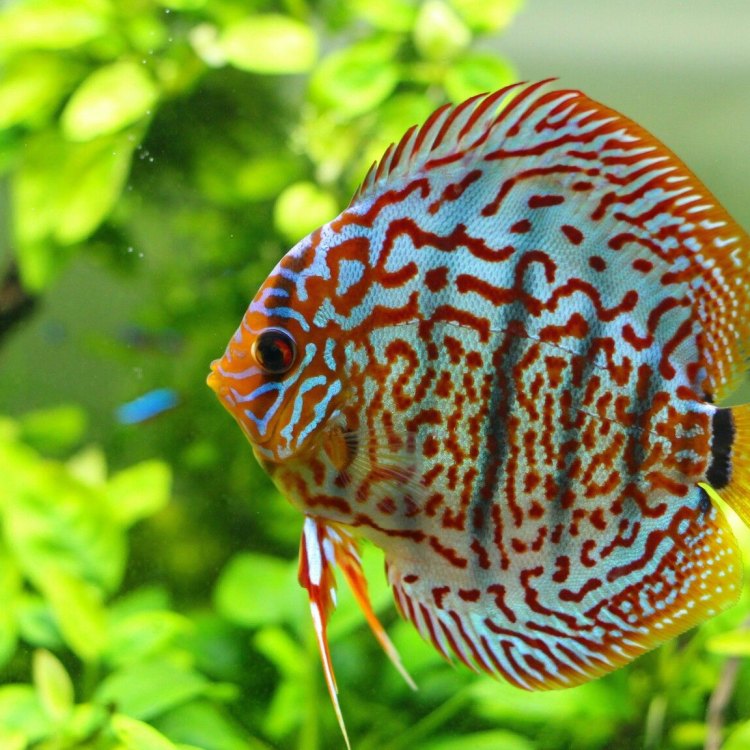
Discus
Animal Details Discus - Scientific Name: Symphysodon
- Category: Animals D
- Scientific Name: Symphysodon
- Common Name: Discus
- Kingdom: Animalia
- Phylum: Chordata
- Class: Actinopterygii
- Order: Perciformes
- Family: Cichlidae
- Habitat: Freshwater rivers and lakes
- Feeding Method: Omnivorous
- Geographical Distribution: Amazon River basin in South America
- Country of Origin: Brazil
- Location: Tropical rainforests of South America
- Animal Coloration: Vibrant colors including red, blue, green, and orange
- Body Shape: Flattened and disc-shaped
- Length: Up to 8-10 inches (20-25 cm)
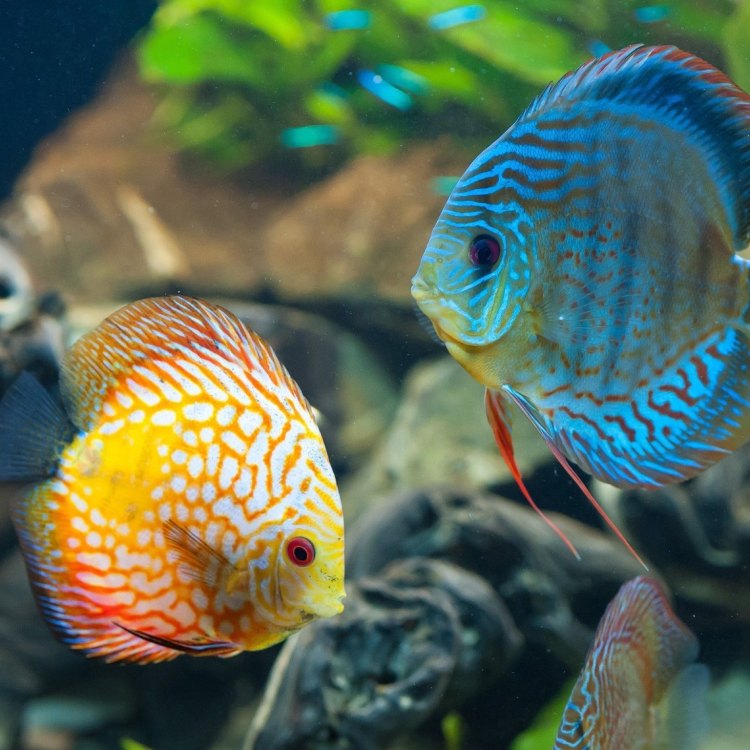
Discus
- Adult Size: 4-6 inches (10-15 cm)
- Average Lifespan: 8-10 years
- Reproduction: Egg-laying
- Reproductive Behavior: Pair bonding and parental care
- Sound or Call: No distinct sound or call
- Migration Pattern: Non-migratory
- Social Groups: Social, usually found in groups
- Behavior: Peaceful and shy
- Threats: Habitat destruction, pollution, overfishing
- Conservation Status: Not evaluated (NE)
- Impact on Ecosystem: Important in aquatic ecosystems as pollinators and seed dispersers
- Human Use: Popular aquarium fish
- Distinctive Features: Circular and vibrant color patterns, laterally compressed body
- Interesting Facts: Discus fish are known for their parental care and can recognize their own offspring.
- Predator: Large fish and birds of prey
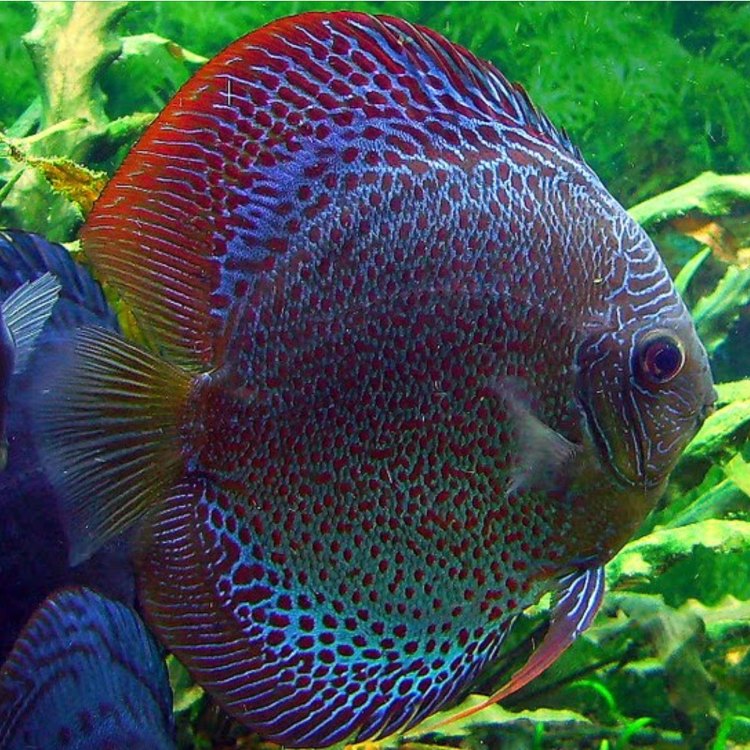
Symphysodon
The Colorful and Caring Discus Fish: A True Wonder of the Aquatic World
The underwater world is a mesmerizing realm filled with a diverse array of creatures, each with its own unique characteristics. Among these fascinating creatures, the Discus fish stands out with its vibrant colors and gentle behavior. These mesmerizing creatures have captivated fish enthusiasts around the world with their beauty and caring nature.Discus fish, scientifically known as Symphysodon discus, are a species of Cichlid fish that are native to the Amazon River basin in South America PeaceOfAnimals.Com. They are popular for their striking circular color patterns and laterally compressed body shape. These colorful fish are favored as pets and commonly found in aquariums, but they also contribute significantly to the health of aquatic ecosystems.
Let's dive in deeper into the world of this colorful and caring fish and discover its unique features, behavior, and impact on the ecosystem.
Size, Lifespan, and Reproduction
Discus fish are relatively small in size compared to other fish species, growing up to 6 inches or 15 cm in length. They reach their full adult size at about 2-3 years of age. However, some experienced hobbyists have managed to raise discus fish up to 10 inches.When it comes to lifespan, discus fish are relatively long-lived, with an average lifespan of 8-10 years in captivity. This lifespan can be extended with proper care and a suitable environment.
Discus fish have an interesting reproductive behavior Deinocheirus. They are egg-laying fish, and their reproductive cycle is triggered by changes in the water conditions and temperature. This reproductive behavior is a survival mechanism that ensures the offspring's safety and protection in the wild.
Pair Bonding and Parental Care
Unlike most fish species, discus fish form strong pair bonds and exhibit highly caring parental behavior. Mated pairs of discus fish work together to protect their nest and eggs from predators and keep them clean and aerated.Once the eggs hatch, the parents continue to care for the fry, leading them to safe feeding grounds and teaching them survival skills. Interestingly, discus fish can even recognize their own offspring, making them exceptional and intelligent parents in the fish world.
Sound, Migration, and Social Groups
Discus fish do not produce any distinct sound or call, making them relatively quiet compared to other fish species. However, they communicate through visual cues and body language, showing their social nature and intelligence.These colorful fish are non-migratory and usually found in groups. In the wild, they form social groups of up to 10 individuals, but they are peaceful and can coexist with other fish species in a community tank.
Behavior and Threats
Discus fish are known for their shy and peaceful nature, and they often hide when feeling stressed or threatened. They are sensitive to their environment and can be easily affected by changes in water quality and temperature. Therefore, it is crucial to provide them with a well-maintained and stable aquarium environment.In the wild, discus fish face many threats, primarily caused by human activities. Habitat destruction, pollution, and overfishing are major concerns for their survival. These activities have caused a decline in their population, resulting in discus fish being classified as "Not Evaluated" (NE) on the IUCN Red List of Threatened Species.
Contribution to the Ecosystem and Human Use
Discus fish play an essential role in the aquatic ecosystem as pollinators and seed dispersers. They feed on fruits and seeds from plants growing along riverbanks and then disperse them as they travel, helping with plant growth and diversity.In addition to their ecological importance, discus fish are also highly valued by humans. They are a popular aquarium fish, and breeding different color variations has become a hobby for many fish enthusiasts. Their vibrant colors and peaceful nature make them a must-have for any aquarium, making them an incredible connection between humans and the underwater world.
Distinctive Features
One of the most distinctive features of discus fish is their vibrant and circular color patterns. They come in a wide range of colors, including red, blue, green, orange, and yellow, creating a beautiful mosaic on their circular body shape. These colors and patterns also help them blend into their surroundings and protect them from predators in the wild.Discus fish also have a laterally compressed body, which enables them to navigate swiftly through dense vegetation and escape predators. This unique feature is essential for their survival in the wild and adds to their beauty as an aquarium fish.
Interesting Facts
Aside from their distinct characteristics, there are many interesting facts about discus fish. As mentioned earlier, these fish can recognize their own offspring, making them the only non-mammal species to exhibit this behavior. They also have the ability to change their color patterns and intensity to communicate with their surroundings, adding to their intelligence.Moreover, discus fish are also known as potential predators themselves. They have surprisingly powerful jaw muscles, allowing them to feed on small insects and shrimps in the wild.
Predators
Discus fish may be grandparents in the fish world, but they still have a few predators to watch out for. Their biggest predators are large fish, such as catfish and other aggressive cichlid species, that compete for food and territory. They are also preyed upon by birds of prey, such as herons and eagles, when they venture close to the water's surface.In Conclusion
In conclusion, discus fish are truly unique and exceptional creatures that have captured the hearts of fish enthusiasts worldwide. They possess striking colors, interesting behaviors, and an important role in the aquatic ecosystem. However, they face numerous threats in the wild, highlighting the need to conserve and protect their natural habitats.By gaining a deeper understanding of the discus fish, we can appreciate their beauty and importance in the underwater world. Whether as pets or inhabitants of the Amazon River basin, these colorful and caring fish have left a lasting impression on us and continue to be a wonder of the aquatic world.
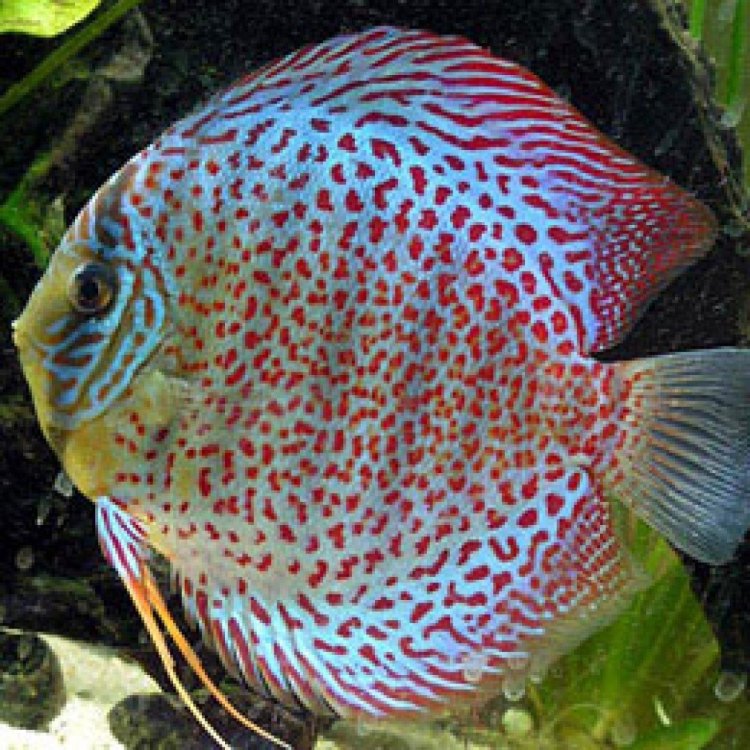
The Beautiful World of Discus Fish: A Guide to One of the Most Popular Freshwater Fish
Disclaimer: The content provided is for informational purposes only. We cannot guarantee the accuracy of the information on this page 100%. All information provided here may change without prior notice.

